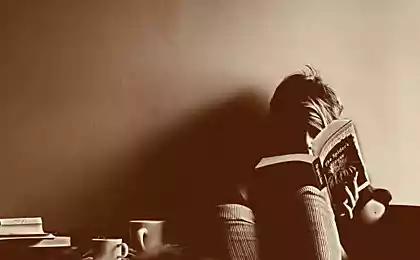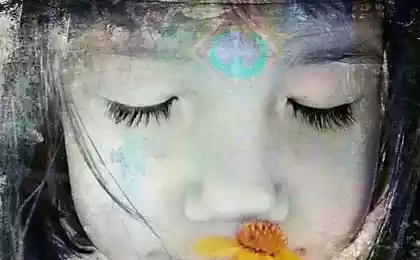512
5D-memory, or how to save large amounts of information for centuries
Newest technology that provides for the entry of data in quartz glass in the form of nanostructures is almost unlimited potential.
At the present rate of growth of data generated by humanity is becoming more acute question about the quality of new systems of information storage and media. The achievements in this field at the conference CLEO’13 San Jose (USA) reported scientists from the University of Southampton (UK). The first time they were able to experimentally demonstrate the recording and reading of further data into nanostructured glass using the so-called 5D technology.

The essence of this method lies in the formation of self-assembled nanostructures in silica glass. To record information ispolzuyteskryty laser, which can generate extremely short pulses of high intensity. The technology is called 5D because it takes into account five parameters of nanostructures: their orientation, size and position inside the material of the carrier on the axes of ordinates, and abscissa applicator that con.

Source: /users/413
At the present rate of growth of data generated by humanity is becoming more acute question about the quality of new systems of information storage and media. The achievements in this field at the conference CLEO’13 San Jose (USA) reported scientists from the University of Southampton (UK). The first time they were able to experimentally demonstrate the recording and reading of further data into nanostructured glass using the so-called 5D technology.

The essence of this method lies in the formation of self-assembled nanostructures in silica glass. To record information ispolzuyteskryty laser, which can generate extremely short pulses of high intensity. The technology is called 5D because it takes into account five parameters of nanostructures: their orientation, size and position inside the material of the carrier on the axes of ordinates, and abscissa applicator that con.

Source: /users/413






















